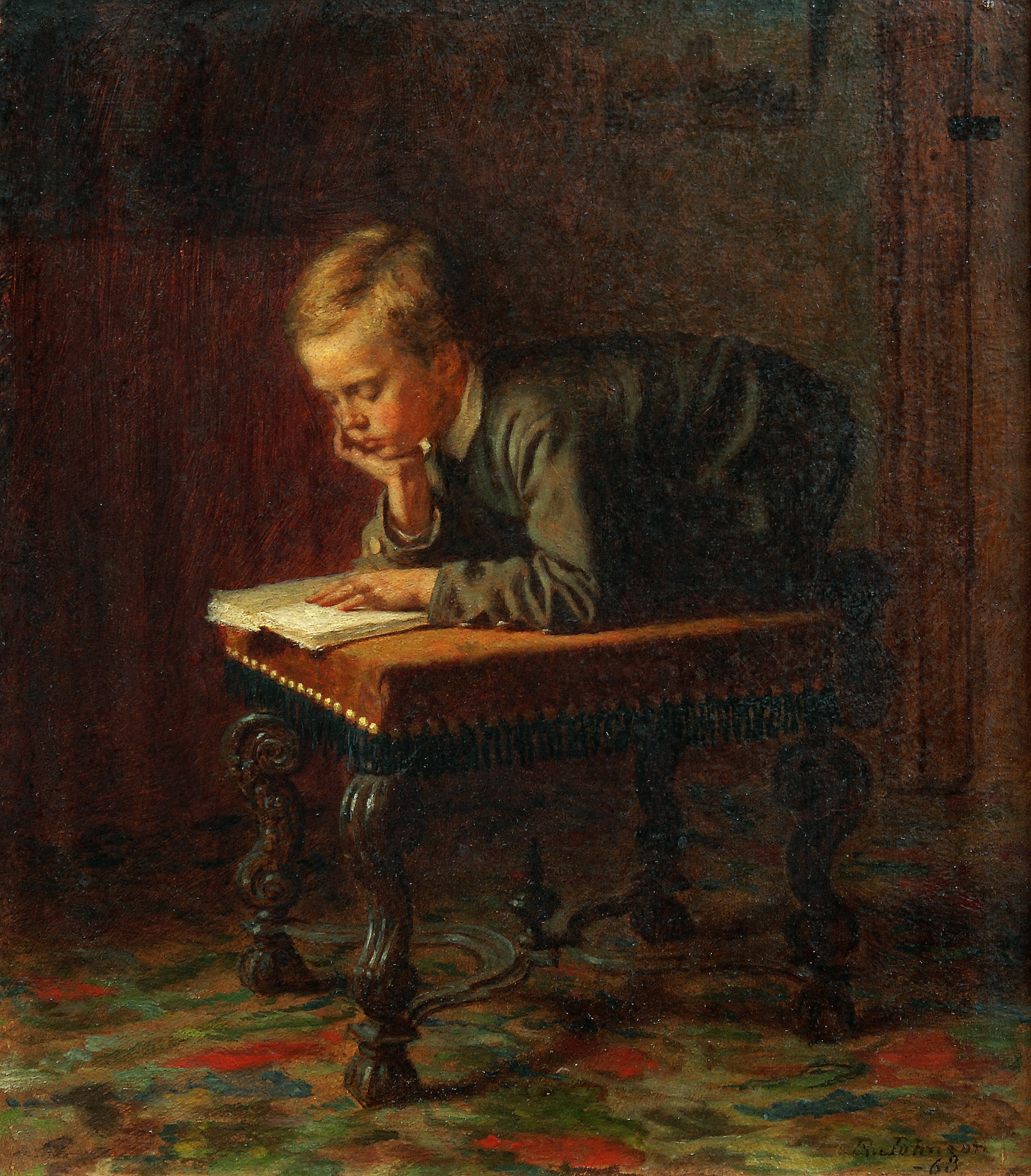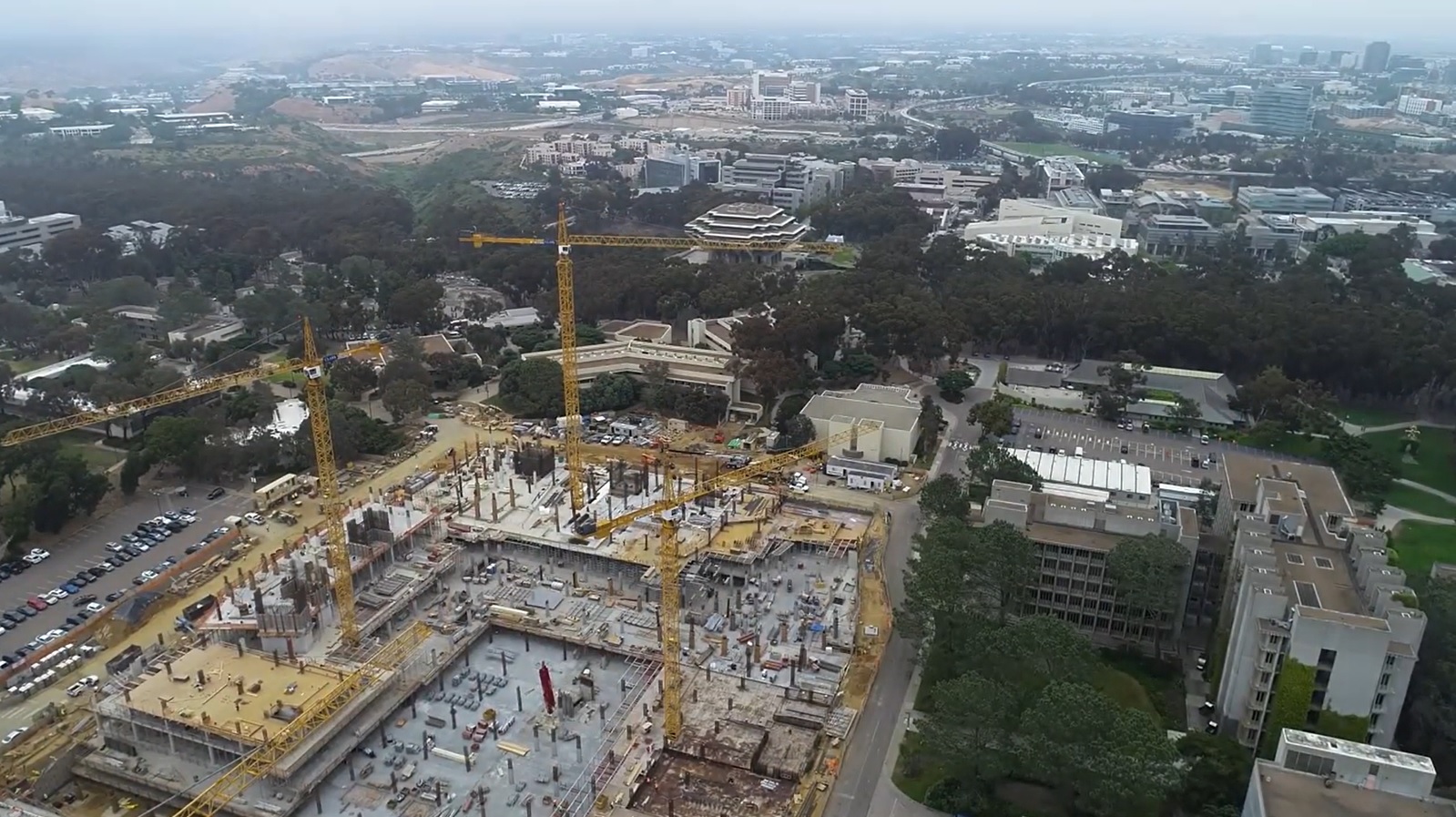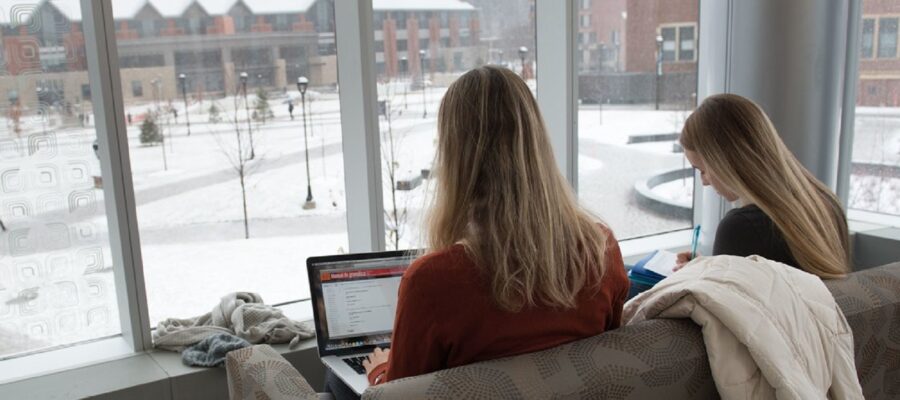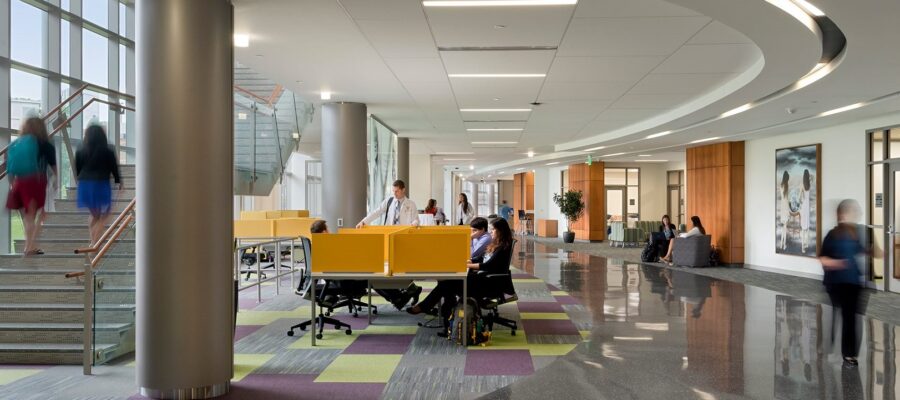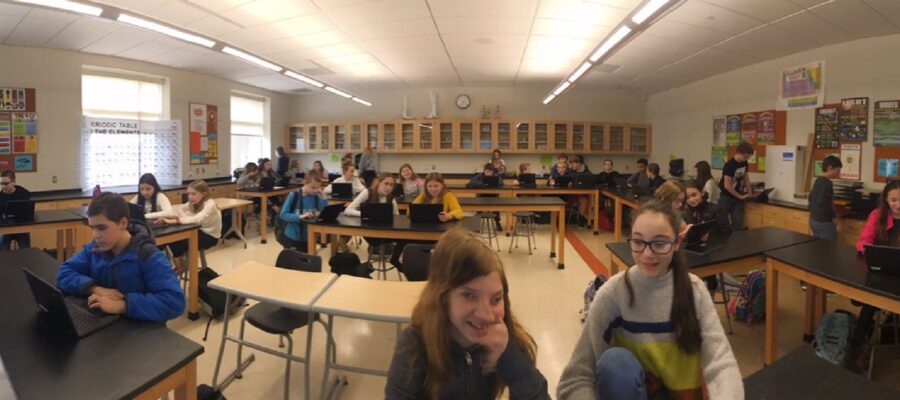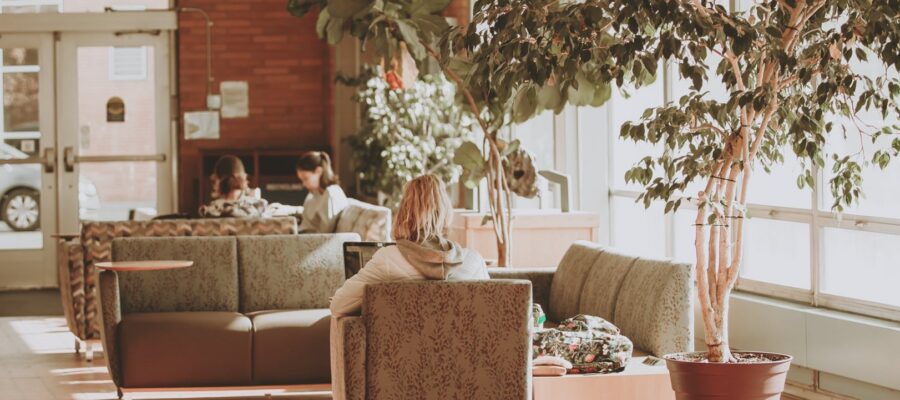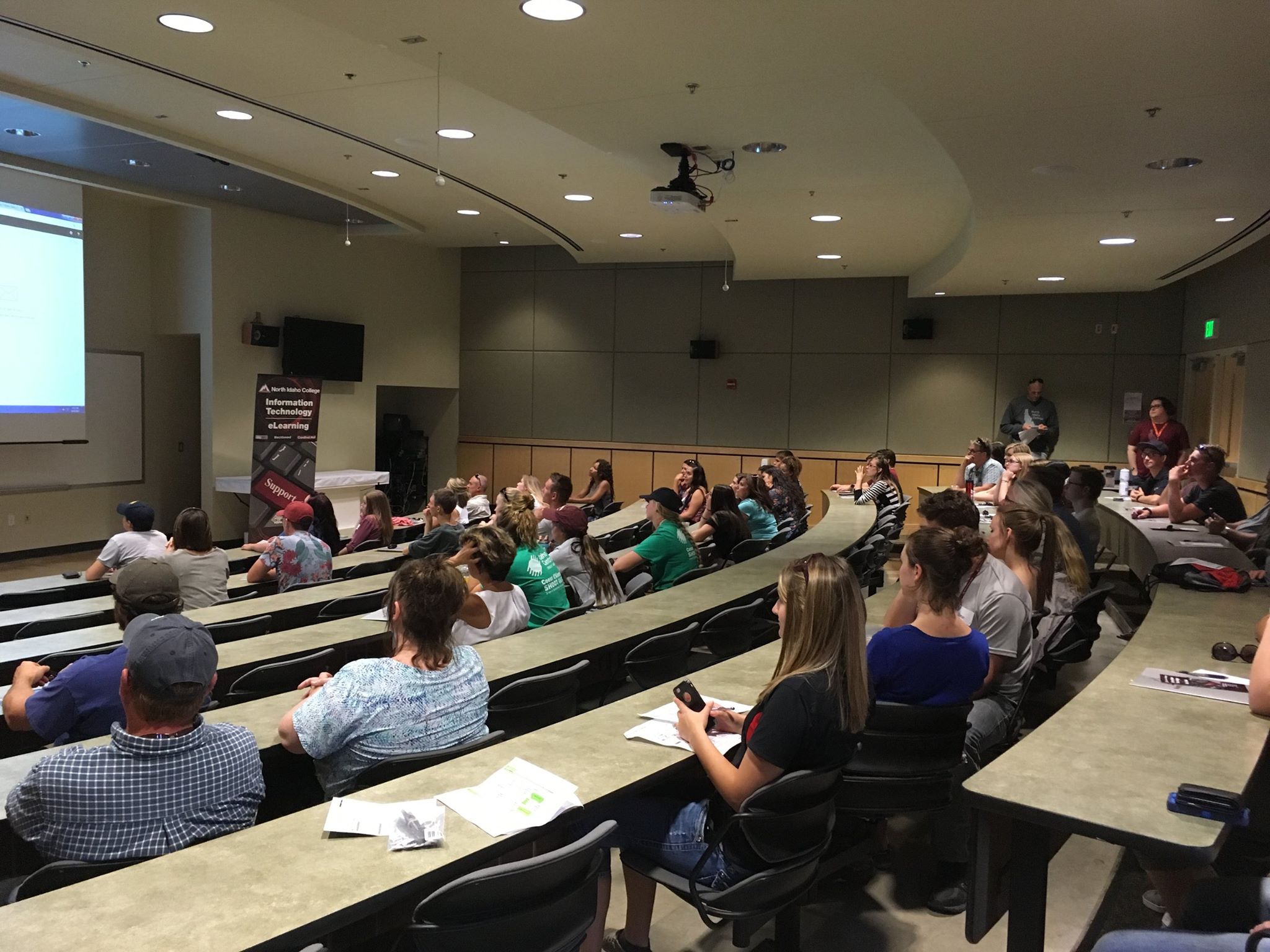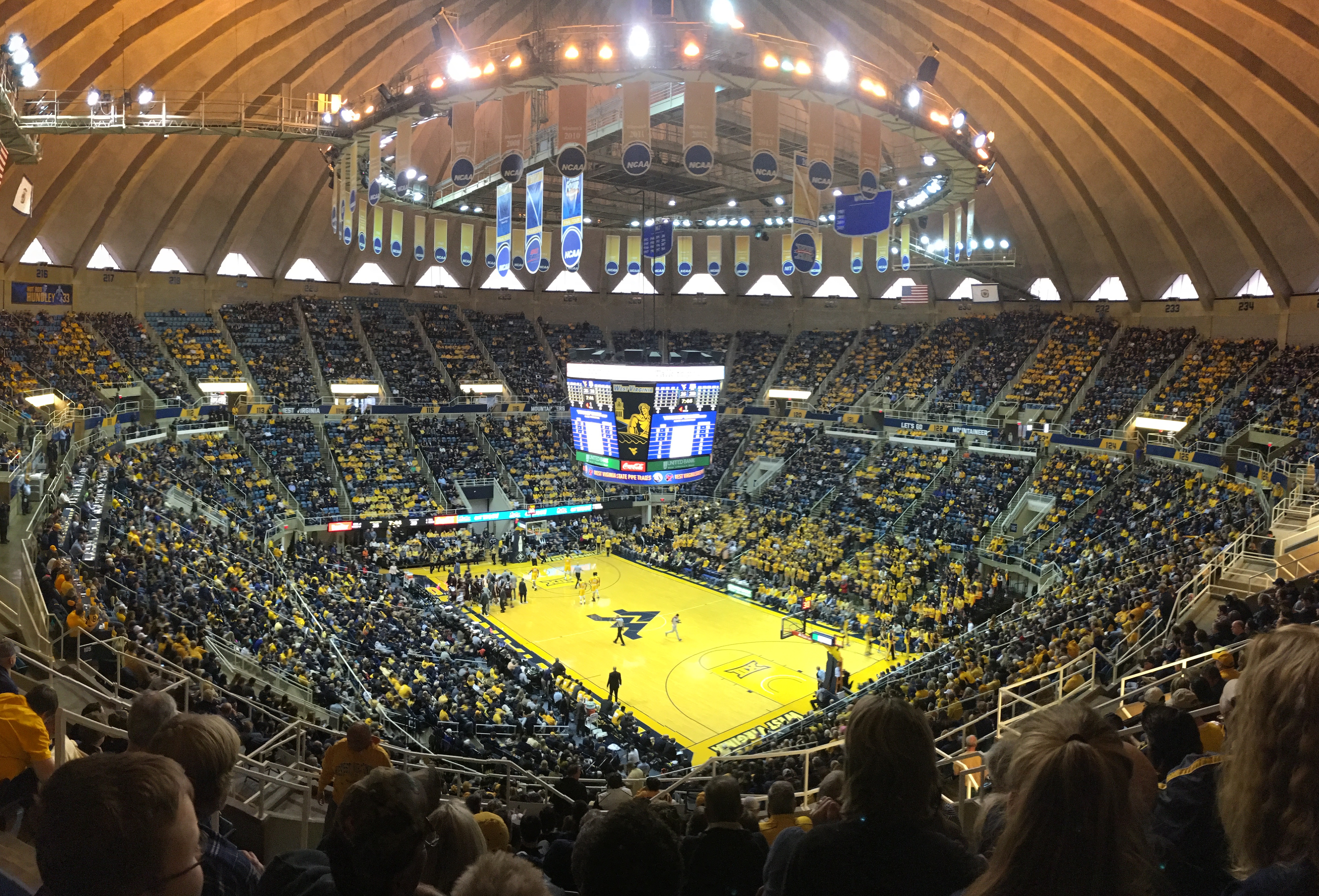The Life Safety Code addresses those construction, protection, and occupancy features necessary to minimize danger to life from the effects of fire, including smoke, heat, and toxic gases created during a fire. It is widely incorporated by reference into public safety statutes; typically coupled with the consensus products of the International Code Council. It is a mighty document — one of the NFPA’s leading titles — so we deal with it in pieces; consulting it for decisions to be made for the following:
(1) Determination of the occupancy classification in Chapters 12 through 42.
(2) Determination of whether a building or structure is new or existing.
(3) Determination of the occupant load.
(4) Determination of the hazard of contents.
There are emergent issues — such as active shooter response, integration of life and fire safety systems on the internet of small things — and recurrent issues such as excessive rehabilitation and conformity criteria and the ever-expanding requirements for sprinklers with which to reckon. It is never easy telling a safety professional paid to make a market for his product or service that it is impossible to be alive and safe. It is even harder telling the dean of a department how much it will cost to bring the square-footage under his stewardship up to current code.
The 2018 edition is the current edition and is accessible below:
NFPA 101 Life Safety Code Free Public Access
The original University of Michigan codes and standards advocacy enterprise has been advocating in NFPA 101 since the early 2000’s. Since late 2016 most of the expertise remains with the reconstructed enterprise described in our ABOUT.
Since the Life Safety Code is one of the most “living” of living documents — the International Building Code and the National Electric Code are also moving continuously — we can practically start anywhere and anytime and still make meaningful contributions to it. Sample transcripts of activity relevant to education communities are linked below:
Transcript: 2021 Life Safety Code Public Input
Transcript: 2021 Life Safety Code Public Comment
This is just one chapter. Note the concern for classroom door locking systems. Chapters involving daycare, places of assembly, healthcare and laboratory settings. All of these occupancy classes are common in education communities. Titles developed to meet market demand for building safety at the international level originate from ISO Technical Committee 92 Fire Safety.
We are neither primarily code instructors nor code evangelists so we place NFPA 101 farther down our priority ranking until the beginning of the 2024 revision cycle; sometime early in 2021. The best time to prepare suggestions for improvement, however, are at the end of a revision cycle such as we are now. Until then we deal with it in pieces by maintaining live public consultation notices on the standing agendas of our Housing, Prometheus and Security teleconferences. See our CALENDAR for the next online meeting; open to everyone.
Posted April 15, 2019
As described in previous posts, the first stage of Life Safety Code development was completed on June 26th. The second stage begins on February 27, 2019 with the formal release of the First Draft Report on February 27, 2019; according to the developmental schedule linked below:
2021 NFPA 101 Life Safety Code Development Schedule
We have been following the flow of concepts and have identified several from Chapter 14 (New Education Facilities) that should be high on the agenda of the education facilities industry. Note that most of them propose preventive remedies for active shooter casualties.
NFPA 101 Public Input No. 288-NFPA 101-2018 [ New Section after 14.3.4.3.1.3 ]
NFPA 101 Public Input No. 44-NFPA 101-2018 [ Sections 14.3.4.2, 14.3.4.3 ]
NFPA 101 Public Input No. 415-NFPA 101-2018 [ Section No. 14.1.2.4 ]
NFPA 101 Public Input No. 218-NFPA 101-2018 [ New Section after 14.2.2.2.3.3 ]
NFPA 101 Public Input No. 187-NFPA 101-2018 [ Section No. 14.2.2.2.4 ]
NFPA 101 Public Input No. 217-NFPA 101-2018 [ Section No. 14.2.2.2.4 ]
There are others. Note that most of the public input in related Chapter 15 (Existing Education Facilities) track the concepts that appear in Chapter 14. Comments are due May 8, 2019.
The original University of Michigan standards advocacy enterprise began leading advocacy in NFPA 101 in the 2009 revision cycle. Tenure in the standards space is significant because many life safety concepts, even when original, take 6 to 9 years to be accepted and, in many states, take another 3 to 12 years to become incorporated by reference into enforceable public safety law in all 50 states. We advocate in nearly 100 standards suites and in 1000 individual documents developing globally and we find NFPA 101 among those standards that are remarkable for the “long runway” of its safety concepts.
It is worthwhile noting the breakdown of education industry presence on NFPA 101 technical committees (i.e. individuals who are on the direct payroll of a school district, college or university):
University of Texas at Austin (User)
Drexel University (Enforcement)
University of Maryland (Enforcement & Special Expert)
Oklahoma State University (Special Expert).
University of Kentucky (User)
John Jay College of Criminal Justice (Special Expert)
University of Michigan (User)
Indiana University (User)
Emory University (Enforcement)
Some universities are large enough that they have both a User Interest and an Enforcement interest which can lead to challenges in reconciling safety and cost issues within the same university. In any case, investment in expertise in contributes to the long term safety and sustainability goals of the largest non-residential building construction market in the United States — the US education industry.
Because of the sudden disruption of the standards advocacy enterprise in July 2016 (See ABOUT), we were only able to a limited number of proposals; most of which focused on structural changed to the Education Facility chapters. Access to the Standards Michigan NFPA workspace is available to subscribers. (Contact bella@standardsmichigan.com). We are happy to share these proposals online any day during our standing 11 AM live access teleconference, or again during our monthly fire protection meeting, See our CALENDAR for the next teleconference; always at the same time (11:00 AM Eastern Time); always with the same login credentials at the upper right of our home page; and always open to everyone.
The NFPA Annual Conference happens in San Antonio, Texas; June 17-20. Many technical committees meet during this conference and we encourage our colleagues in the region to attend.
Issue: [18-90]
Category: Fire Safety, Public Safety
Colleagues: Mike Anthony, Josh Elvove, Joe DeRosier
Link to legacy workspace: Fire Protection for the Education Facilities Industry
When lives are at stake, alternative approaches are welcome. #LifeSafety #AlternativeApproaches #Code #NFPA101 @NFPA
https://t.co/JvWyyZtuLP— ANSI (@ansidotorg) December 20, 2018
Posted June 1, 2018
The Life Safety Code — a regulatory product developed by the National Fire Protection Association — is the most widely used source for strategies to protect people based on building construction, protection, and occupancy features that minimize the effects of fire and related hazards. It is the only document that covers life safety in both new and existing structures. It forms the template for another NFPA product — NFPA 5000: Building Construction and Safety Code — which is a competitor product to the International Code Council’s flagship document: International Building Code.
The education industry is the largest non-residential building construction market in the United States (LEARN MORE HERE) — logging in about $80 billion annually in construction spend; a number that may be confirmed anecdotally with the unending presence of cranes and construction crews on US campuses all year long.
With our tenure in education facility codes and standards advocacy for over 20 years (see ABOUT) we continue to advocate in both the ICC and NFPA standards suites. We encourage all other education industry trade associations to support subject matter experts (front line working point professionals in the life safety disciplines) to contribute.
![]()
We have been advocating in this document since the 2003 edition in which we submitted candidate code changes such as the following:
• Student residence facility life safety crosswalk between NFPA 101 and IBC
• Refinements to Chapters 14 and 15 covering education facilities
• Identification of an ingress path for rescue and recovery personnel toward electric service equipment installations.
• Risk-informed requirement for installation of grab bars in bathing areas
• Modification of the 90 minute emergency lighting requirements rule for small buildings and for fixed interval testing
• Modification of emergency illumination fixed interval testing
• Table 7.3.1 Occupant Load revisions
• Harmonization of egress path width with European building codes
There are others. It is typically difficult to make changes to any consensus standard though some of the concepts were integrated by the committee into other parts of the NFPA 101 in unexpected, though productive, ways.
Public input is due June 27, 2018. We reach out to facility managers, subject matter experts and trade associations — collaborating where possible – but at least reporting on the progress made on behalf of the user/owner/final fiduciary in this industry. This document is a standing item on our weekly (Wednesday 11 AM Eastern) Open Door teleconference to which everyone is welcomed. Click here to log in.
Issue: [18-90]
Category: Fire Safety, Public Safety
Colleagues: Mike Anthony, Josh Elvove, Joe DeRosier
Link to legacy workspace: Fire Protection for the Education Facilities Industry



